Neodymium magnets, often referred to as NdFeB magnets, stand as the most powerful permanent magnets available today. Their impressive strength has revolutionized industries, enabling groundbreaking applications in technology and manufacturing. But what gives these magnets their unparalleled power? Let’s delve into their atomic composition, how they’re made, and the science behind their remarkable magnetism.
What Makes Neodymium Magnets Unique?
At their core, neodymium magnets are composed of a special alloy that includes neodymium (Nd), iron (Fe), and boron (B). Together, these elements form a crystalline structure known as Nd₂Fe₁₄B. This structure is key to their extraordinary magnetic capabilities.
Visualizing the Structure
The unit cell of Nd₂Fe₁₄B has a unique arrangement that enhances its magnetic strength. Researchers have noted its lattice parameters, with dimensions approximately 0.88 nm by 1.22 nm, showcasing the intricacies of its atomic framework.
Figure 1: Crystal Structure of Nd₂Fe₁₄B Unit cell of the Nd2Fe14B compound according to Herbst. The experimental lattice parameters are a = 0.88 nm, c = 1.22 nm. The c-axis was manually elongated to emphasize the puckering of iron layers as in Fähnle et al (1993).
Unit cell of the Nd2Fe14B compound according to Herbst. The experimental lattice parameters are a = 0.88 nm, c = 1.22 nm. The c-axis was manually elongated to emphasize the puckering of iron layers as in Fähnle et al (1993).
How Does Magnetism Work at the Atomic Level?
The magnetism of neodymium magnets originates from the alignment of electron spins within their atomic structure. These aligned spins create regions called magnetic domains. In neodymium magnets, the majority of these domains align uniformly, producing an exceptionally strong magnetic field.
Key Magnetic Properties of Nd₂Fe₁₄B
- Magnetic Moment: 1.61 μB (Bohr magneton)
- Curie Temperature: 310°C
- Saturation Magnetization (Js): 1.28 - 1.6 T (Tesla)
- Coercivity (Hc): 1000 - 3000 kA/m
From Powder to Magnet: Manufacturing Methods
Neodymium magnets are created using two primary techniques: sintering and bonding.
Sintering Process
- Powder Preparation: The raw materials—neodymium, iron, and boron—are ground into a fine powder.
- Compaction: This powder is pressed into a mold to form a dense shape.
- Sintering: The material is heated in a vacuum furnace, allowing the particles to bond together.
- Magnetization: After cooling, the material is exposed to a magnetic field to align its domains.
Figure 2: Sintering Process of Neodymium Magnets 
Bonded Process
- Mixing: NdFeB powder is blended with a polymer resin.
- Molding: The mixture is shaped using injection molding techniques.
- Curing: The material hardens during this stage, creating a durable magnet.
Figure 3: Bonded Process of Neodymium Magnets 
What Sets Neodymium Magnets Apart?
Their extraordinary strength stems from a combination of their high magnetic moment and efficient domain alignment. Here’s how they compare to other permanent magnets:
| Magnet Type | Max Energy Product (BHmax) | Residual Flux Density (Br) | Coercivity (Hc) |
|---|---|---|---|
| Neodymium (NdFeB) | 200 - 440 kJ/m³ | 1.0 - 1.4 T | 750 - 2500 kA/m |
| Samarium Cobalt (SmCo) | 120 - 240 kJ/m³ | 0.9 - 1.1 T | 600 - 2000 kA/m |
| Alnico | 10 - 80 kJ/m³ | 0.6 - 1.0 T | 100 - 500 kA/m |
| Ferrite | 10 - 40 kJ/m³ | 0.2 - 0.45 T | 100 - 200 kA/m |
Real-World Applications
Thanks to their incredible strength and efficiency, neodymium magnets are used in a wide range of industries:
- Electronics: Essential in hard drives, speakers, and earbuds.
- Electric Motors: Found in electric vehicles, drones, and industrial machinery.
- Medical Devices: Used in MRI machines and therapeutic equipment.
- Renewable Energy: A vital component in wind turbines and energy storage systems.
Figure 4: Common Applications of Neodymium Magnets
Looking Ahead
As technology advances, neodymium magnets will continue to play a critical role, especially in sustainable energy and high-tech devices. However, challenges like reliance on rare earth elements and environmental concerns call for innovative solutions, such as improved recycling techniques or alternative materials.
Conclusion
Neodymium magnets represent a pinnacle of magnetic technology, blending complex atomic structures and advanced manufacturing techniques to create unmatched magnetic strength. Their impact on industries is immense, and as demand grows, understanding their properties becomes even more important. Whether you’re an engineer or simply curious about how they work, neodymium magnets are a fascinating subject with a bright future.


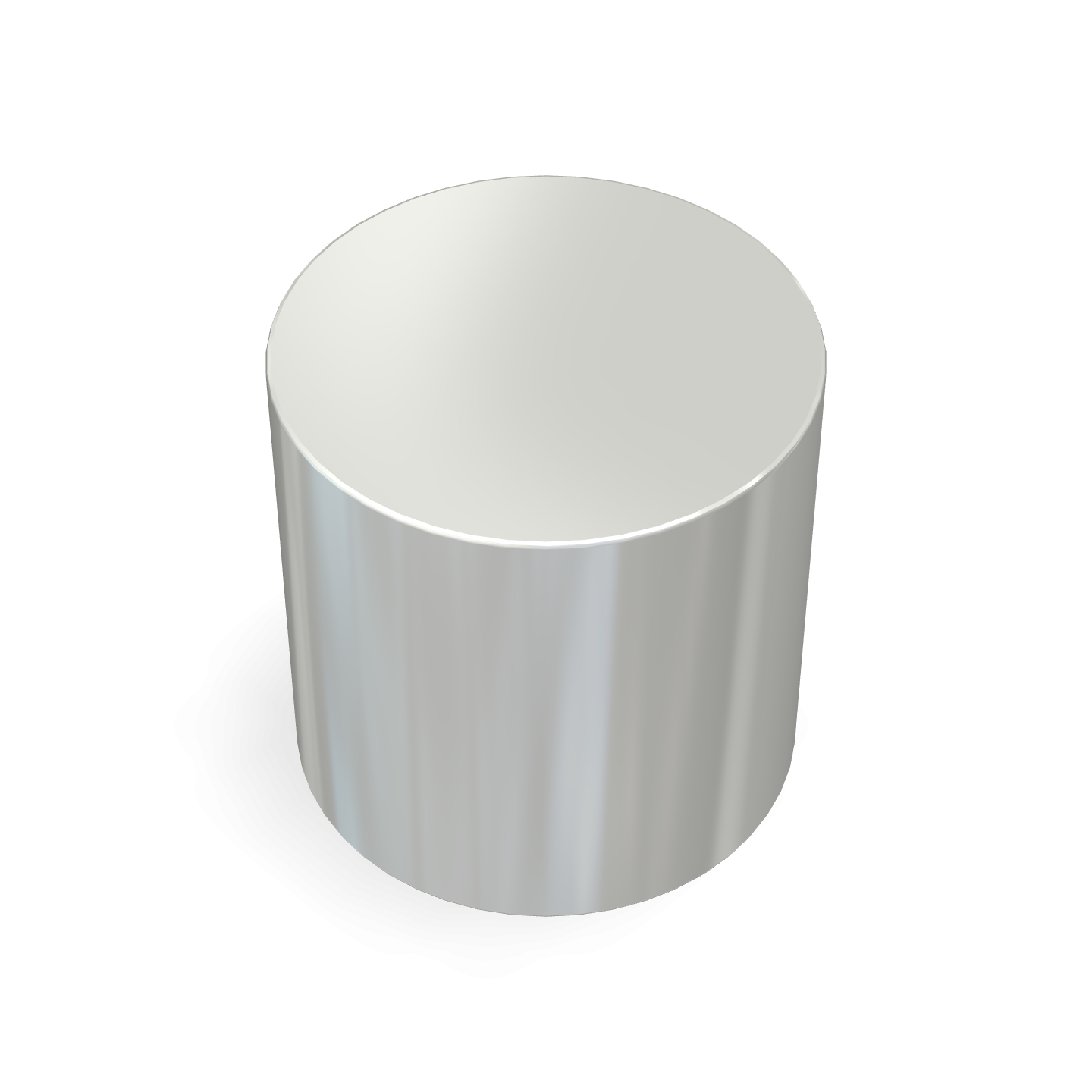
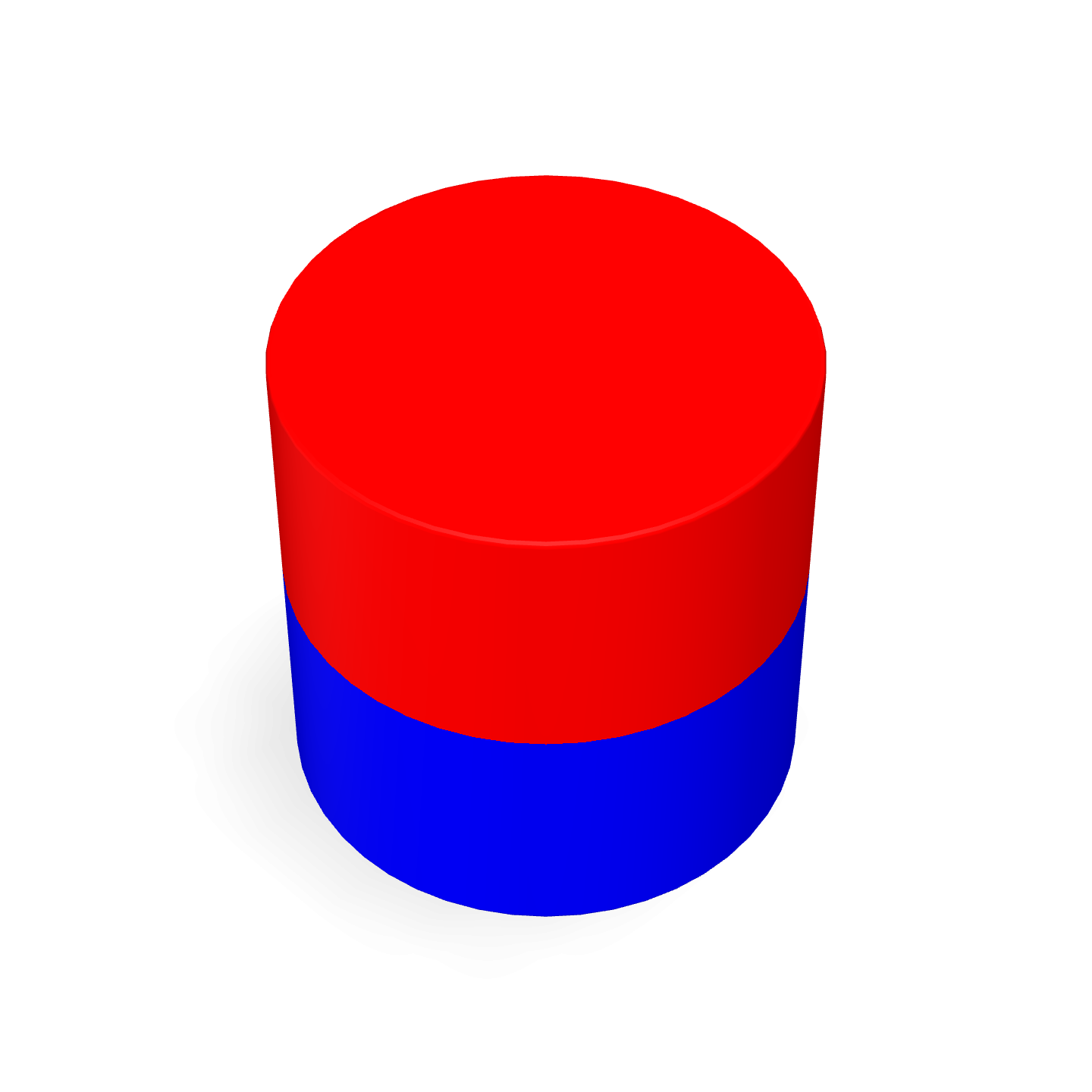
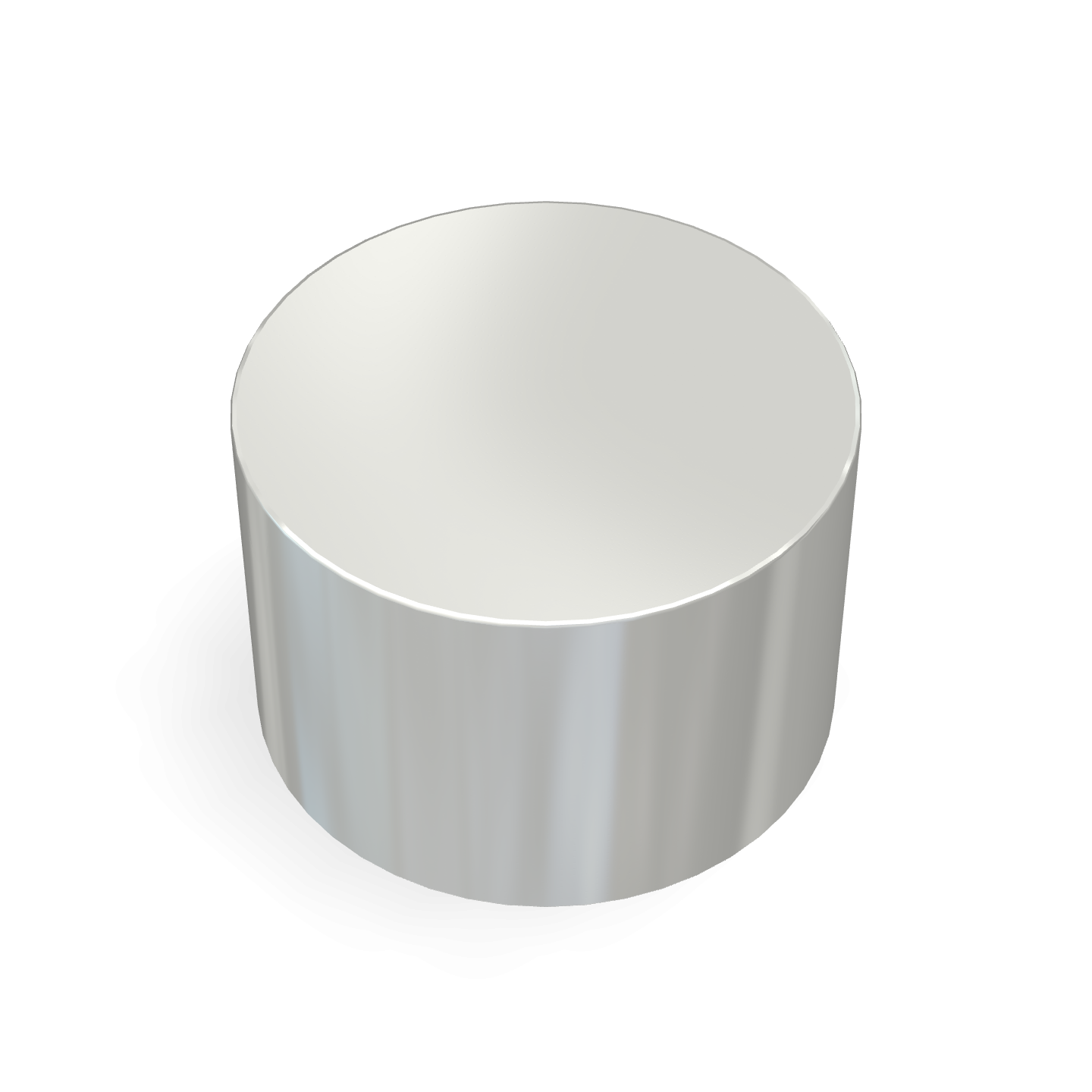
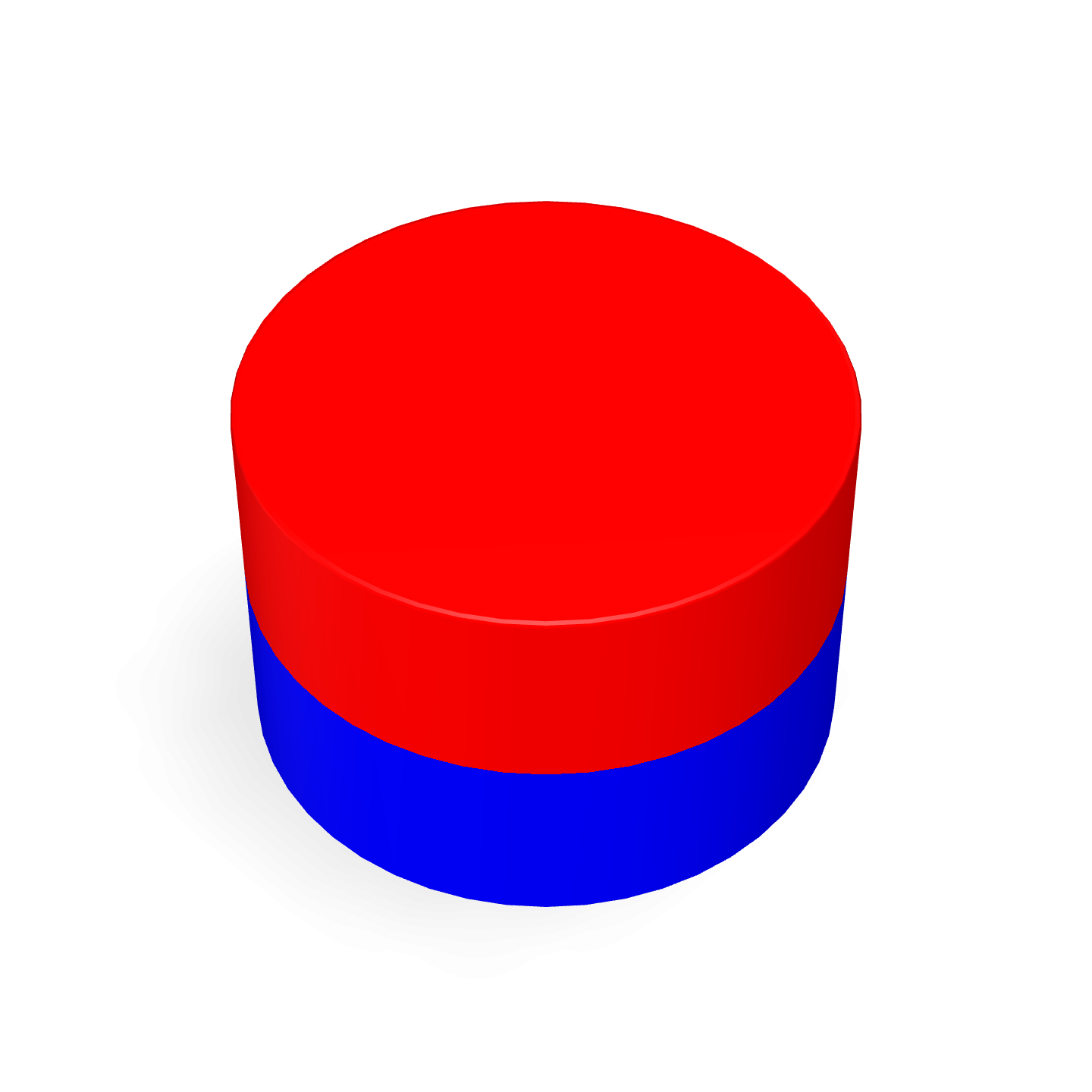
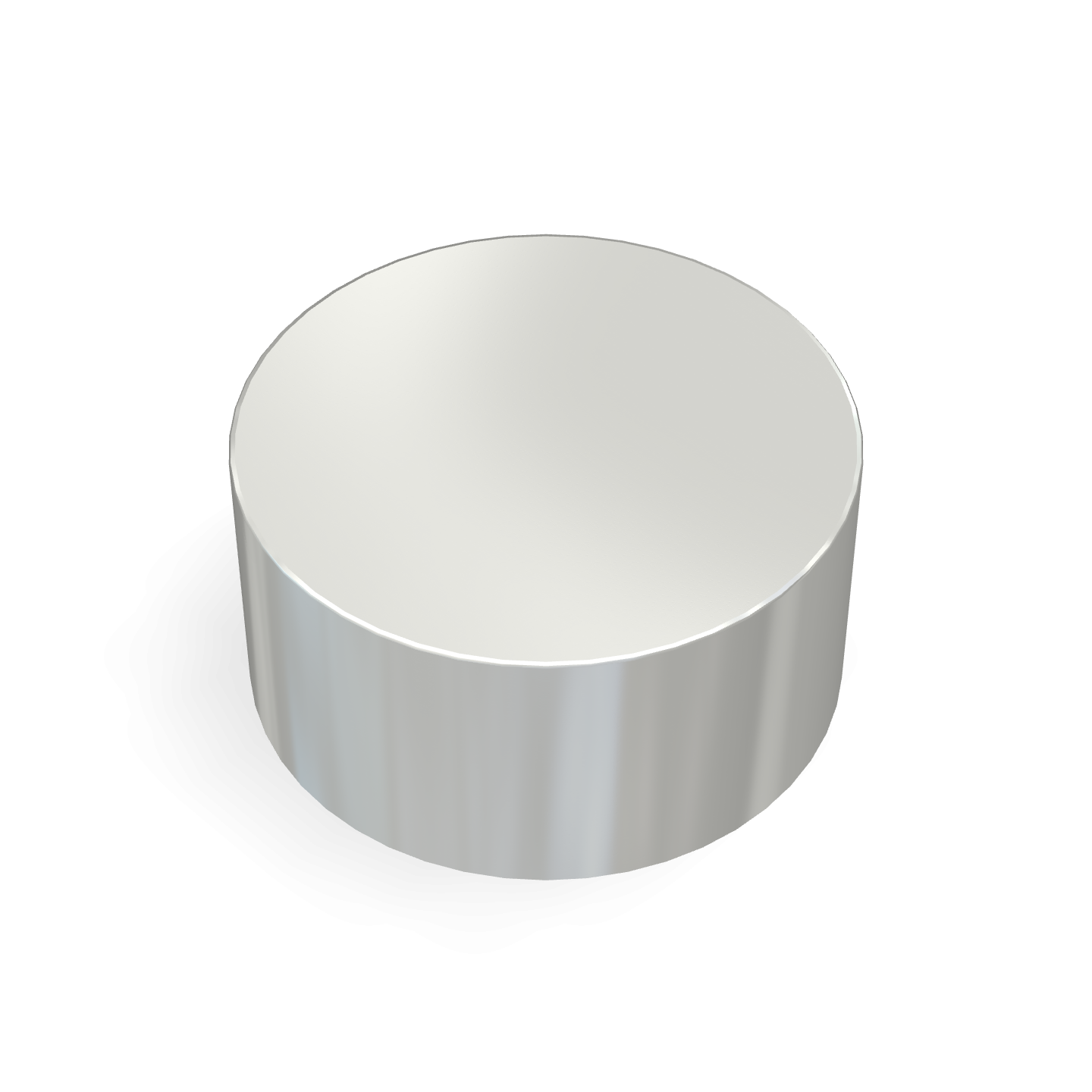

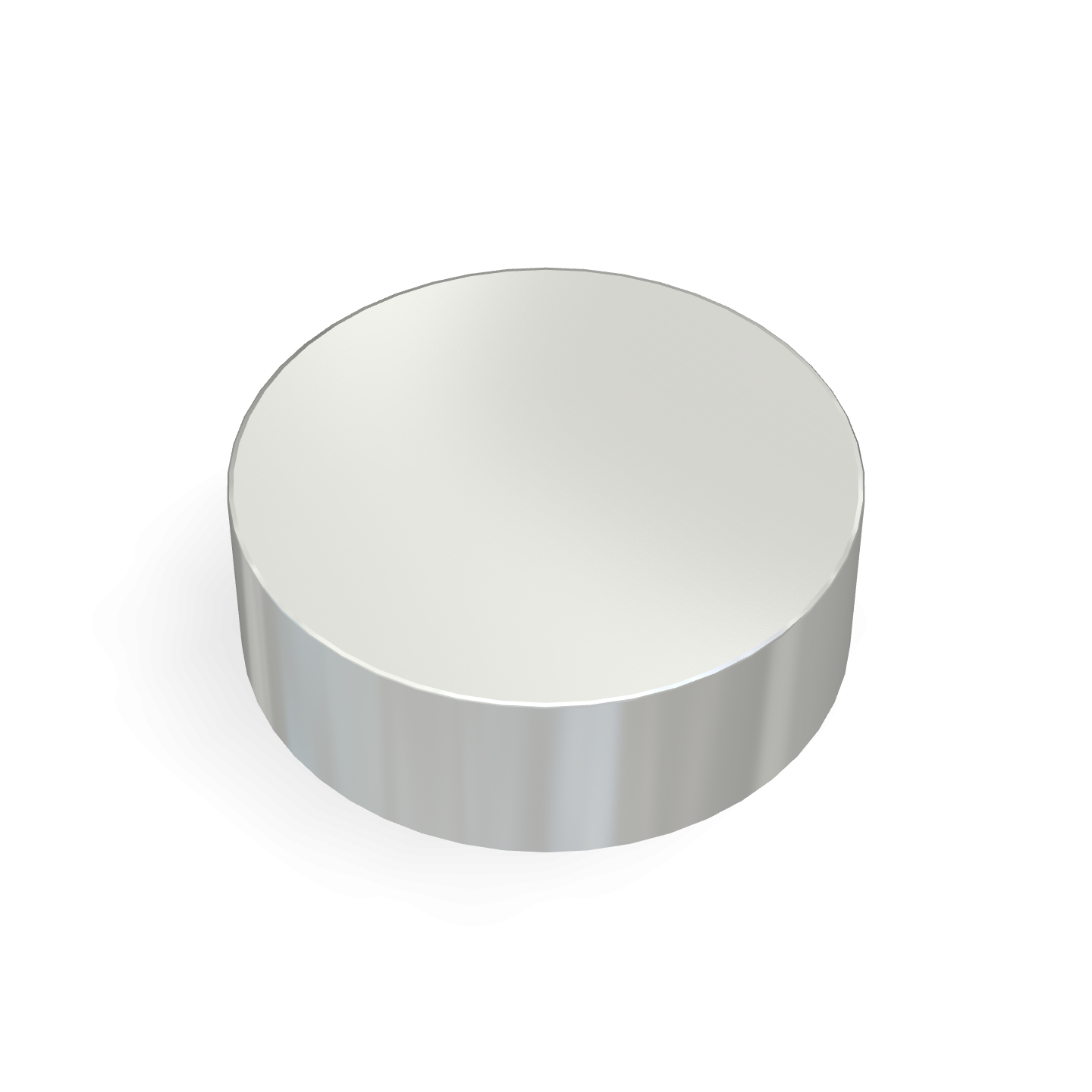

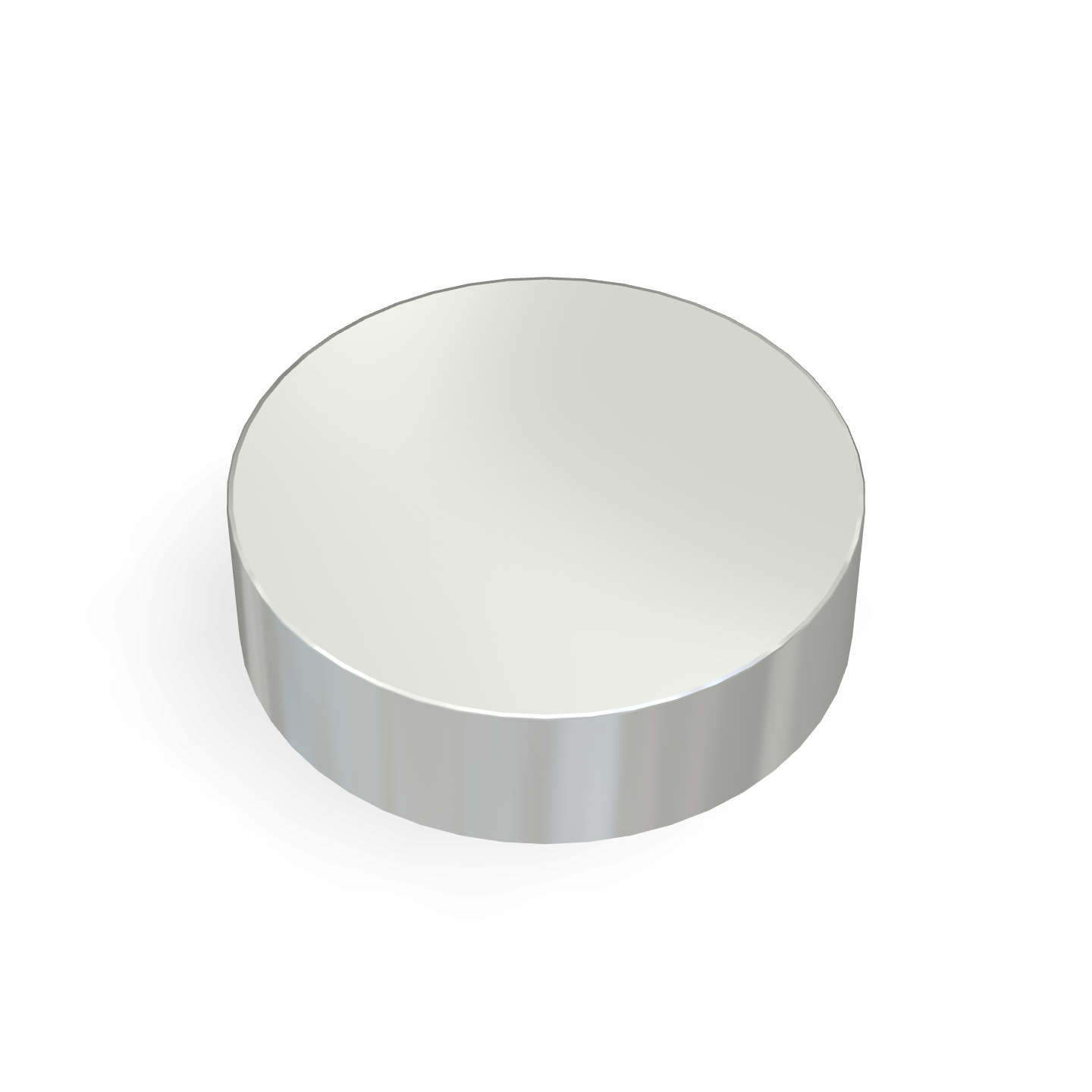

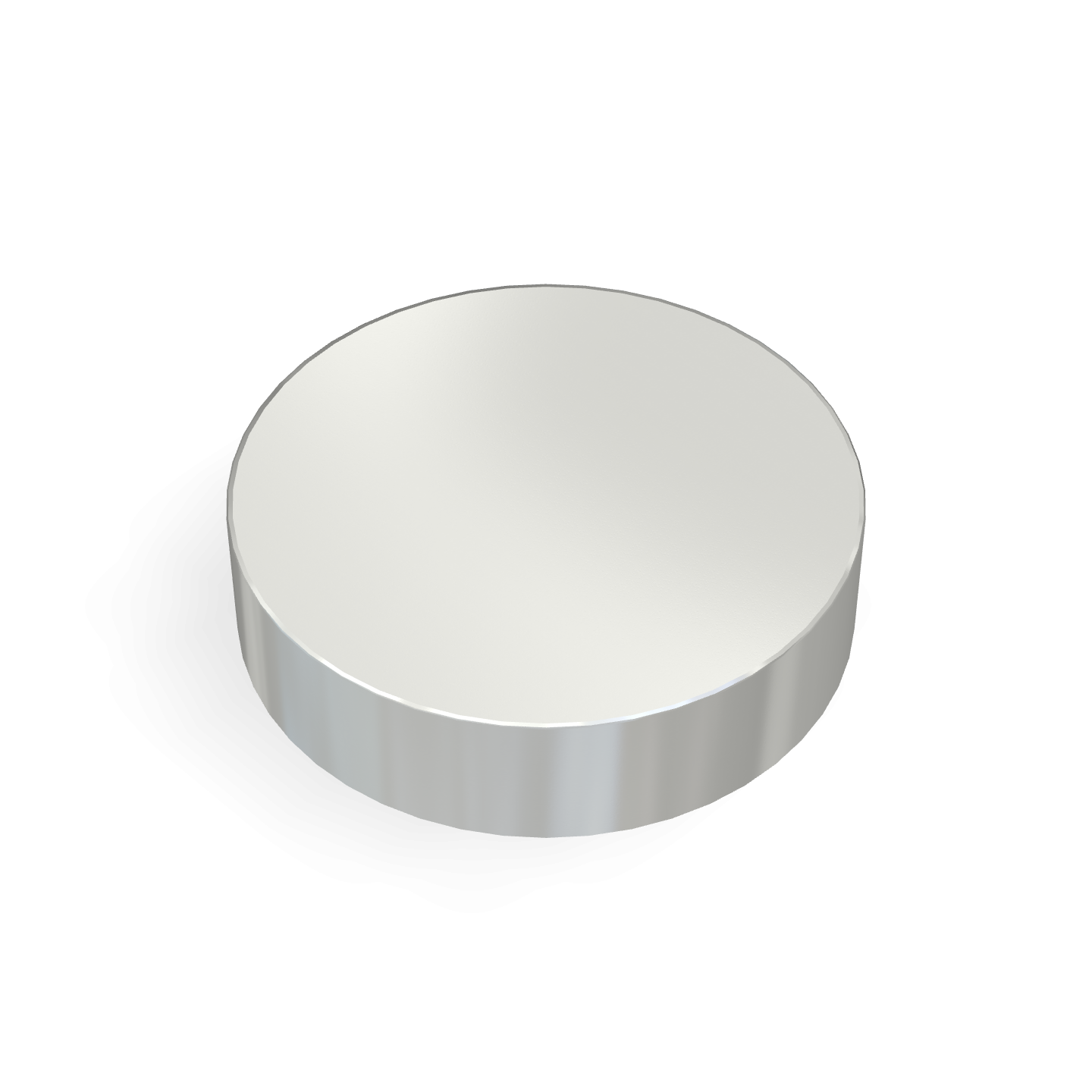

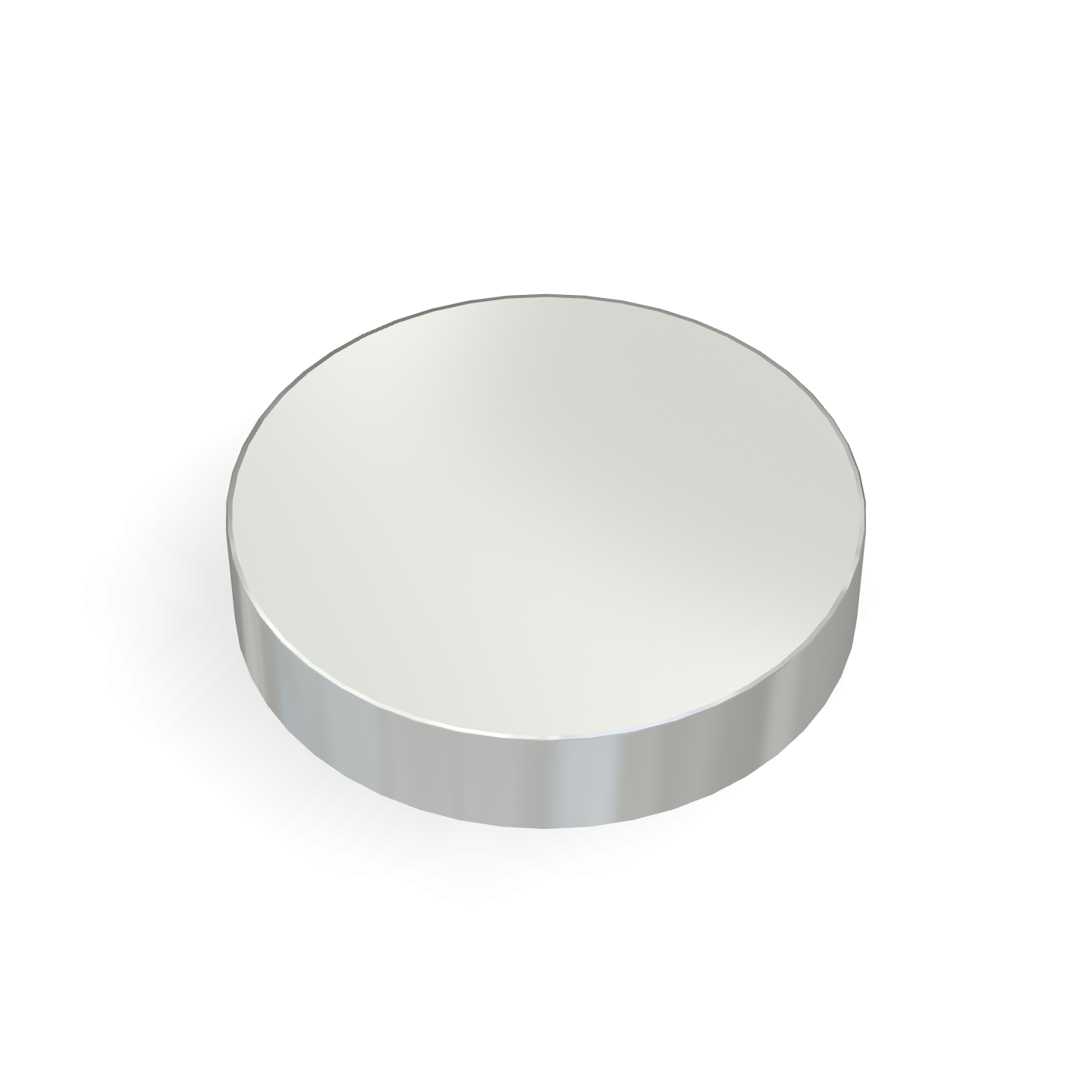

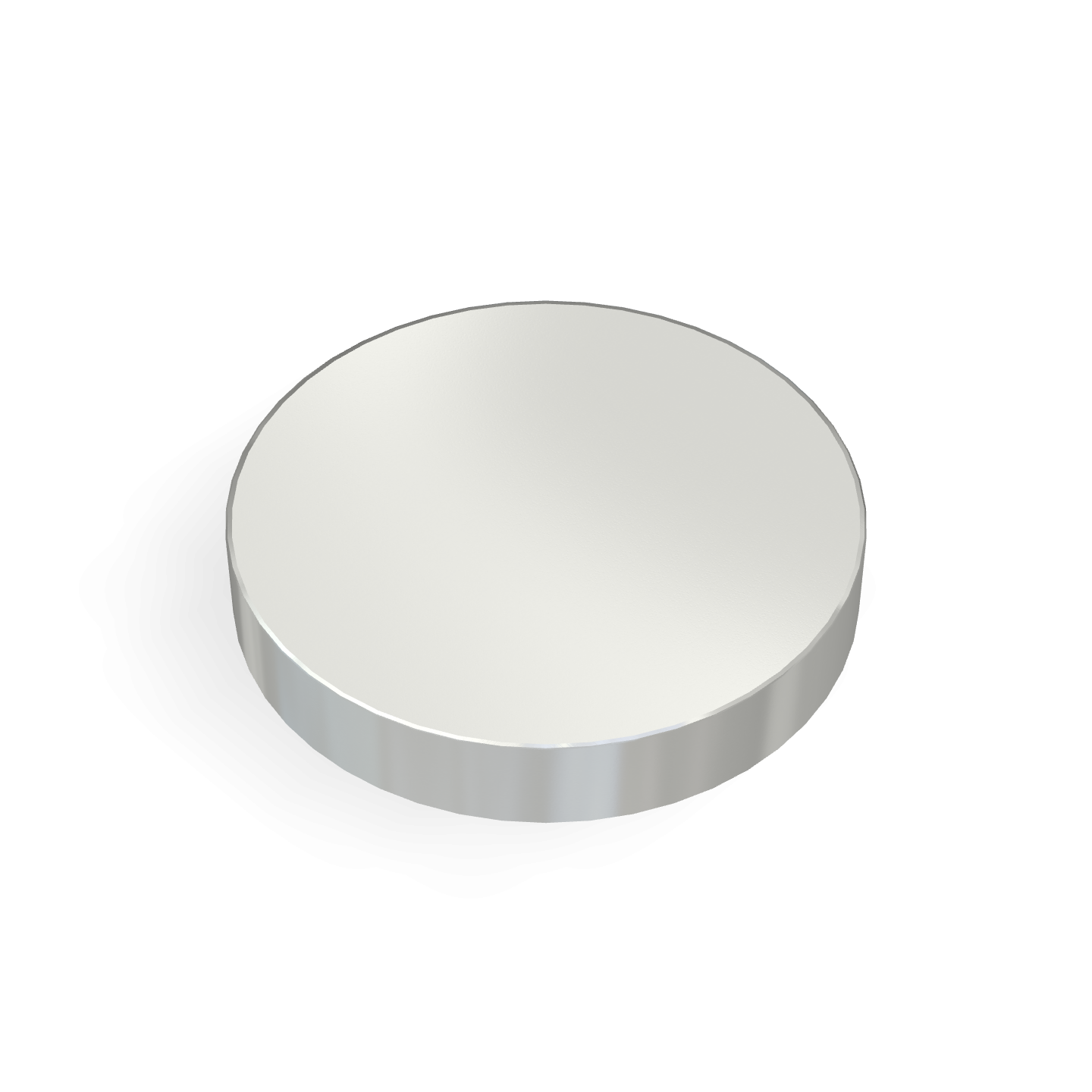



1 comment
Tom Clark
Very insightful read, love the content you guys are pumping out. Looking forward to the next one on magnets!